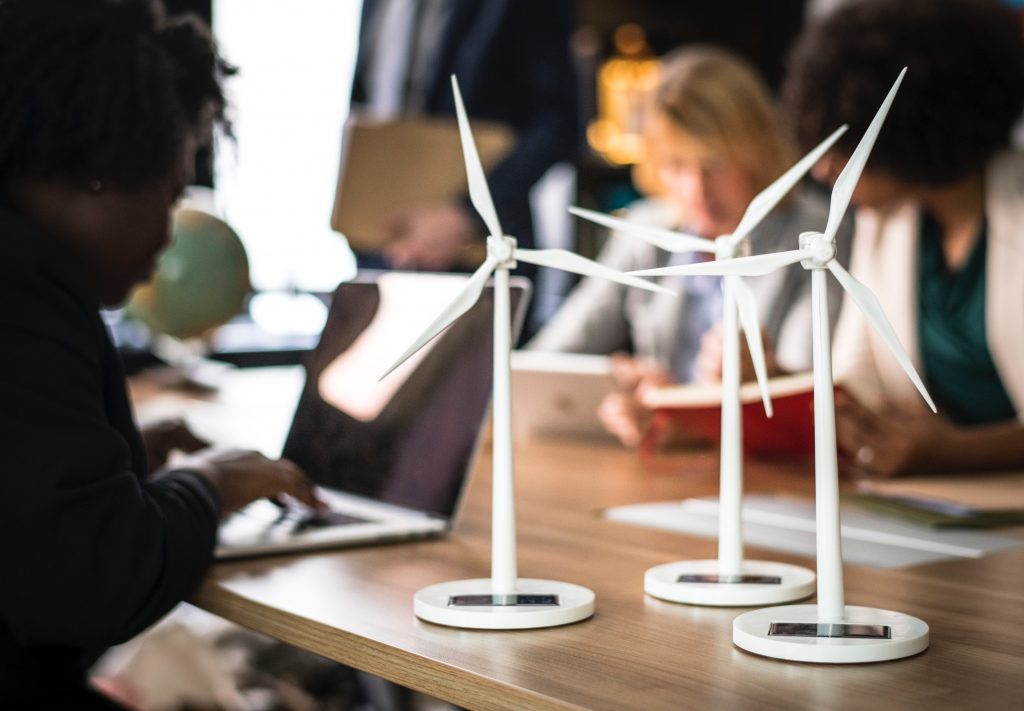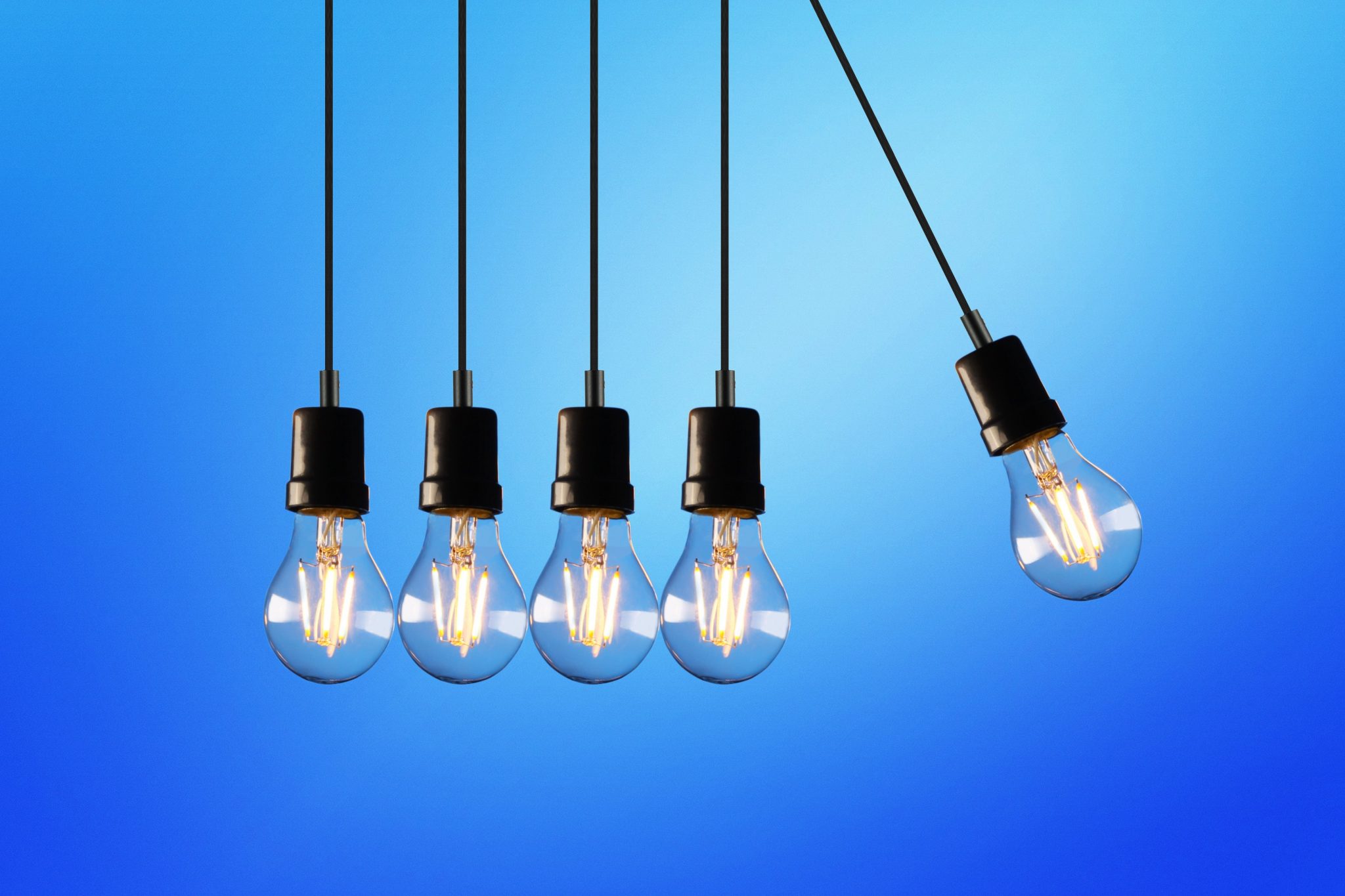In Australia, renewable energy is increasing at a per capita rate ten times faster than the world average. Between 2018 and 2020, Australia will set up over 16 gigawatts of solar and wind, an ordinary rate of 220 g per person each year.
This is almost 3 times faster than the next fastest country, Germany. Australia is demonstrating to the world how quickly an industrialised nation with a fossil-fuel-dominated power system may transition towards a low-carbon, renewable energy generation.
We have analysed data in the regulator which monitors large- and small renewable energy production (like credible future jobs) and found that the record-high installation rates of 2018 will last through 2019 and 2020.
Document renewable energy installation Prices
While other investigations have pointed out that investment dollars in renewable energy dropped in 2019, real generation capacity has climbed. Reductions in construction costs may be contributing, as less investment can get you more capacity.
Last year was a record year for renewable energy installations, with 5.1 gigawatts (GW) accredited in 2018, far exceeding the previous record of 2.2GW at 2017.
The growth was driven by the remarkable rise of large-scale solar farms, which comprised half of their new-build capacity licensed in 2018. There was a tenfold increase in solar farm construction from 2017.
We have projected the remaining builds for 2019 and people for 2020, based on information in the Clean Energy Regulator for public firm statements for jobs.
A project is considered a business if it has a power purchase agreement (PPA, a contract to market the energy generated), has reached financial closure, or will be under construction. We suppose six months for financial close and the start of building after a long-term distribution contract is signed, and 12 or 18 months for solar farm or wind farm building, respectively.
This season is on track to be another record year, with 6.5GW projected to be completed at the end of 2019.
The increase is largely attributable to a significant increase in the number of wind farm construction projects approaching completion. Rooftop solar has also improved, with current installation rates placing Australia on track for 1.9GW in 2019, also a new album.
This can be attributed to the continuing cost reductions in rooftop solar, with less than A$1,000 each kilowatt currently considered routine and payback periods of the order of 2 to seven years.

Looking forward to 2020, almost 6GW of large scale jobs are anticipated to be completed, comprising 2.5GW of solar farms and 3.5GW of wind. Around the end of 2020, this additional generation would deliver the older Renewable Energy Target of 41,000-gigawatt hours (GWh) per annum. That goal was legislated in 2009 from the Rudd Labor authorities but decreased to 33,000GWh from the Abbott Coalition authorities in 2015.
Keeping up the pipeline
There are strong prospects for continued high setup rates of renewables. Presently accessible renewable energy contracts are often supplying less than A$50 per MWh. Extended contracts for future energy distribution have an average cost of over A$58 per MWh. This is a very decent profit margin, suggesting a powerful financial situation for continued installations. Wind and solar costs will probably decline further throughout the 2020s.
State authorities programs will also be encouraging renewable electricity growth. The ACT has completed contracts for 100% renewable electricity. Victoria and Queensland both have renewable energy goals of 50% renewable electricity by 2030. South Australia is expecting to reach 100% by 2025.
The main impediment to continuing renewables growth is transmission. Transmission constraints have resulted in bottlenecks in moving electricity from some wind and solar farms to cities.
Tasmania’s strong wind resource requires a new connection to the mainland to unlock additional projects. The limitations of present planning frameworks with this transition were recognised in Chief Scientist Alan Finkel’s review of the National Electricity Market, together with powerful recommendations to overcome those problems and, in particular, to strengthen the part of the Australian Energy Market Operator.




